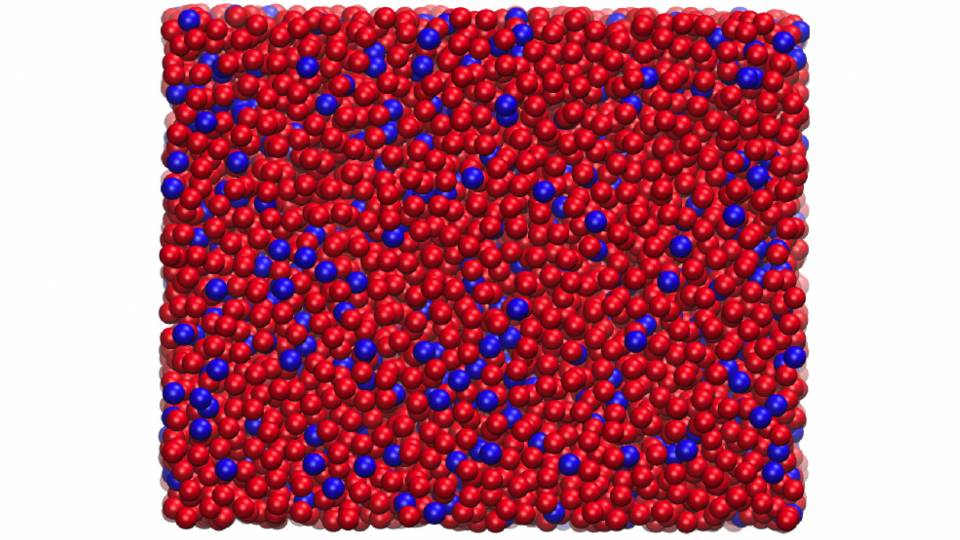A new understanding of how glass is formed may assist with our understanding of everything from the design of golf club heads to the structure of the early universe.
Princeton chemists have found that the formation of glass -- a familiar substance that nonetheless retains some elusive scientific mysteries -- always occurs differently depending on how quickly a liquid substance is cooled into its solid form. Though the findings will likely dash the hopes of condensed matter physicists who have long sought in vain for what is known as an "ideal" glass transition, they may also one day contribute to industrialists’ efforts to create better plastics and other useful polymers.
"Glasses can be formed from any substance, and the way their molecules interact places them somewhere at the border between solids and liquids, giving them some properties that manufacturers can exploit," said Sal Torquato, a professor of chemistry who is also affiliated with the Princeton Center for Theoretical Physics. “Golf club heads made of metallic glasses, for example, can make golf balls fly farther. While our research could be utilized by industry, it can actually help us understand any 'glassy' multi-particle system, such as the early universe -- which cosmologists have described as a glass."
Torquato emphasized that it would probably be years before such practical applications become a reality, and that the findings were most significant for advancing our fundamental understanding of how the state of matter known as glasses behaves.
The research team, which also includes Princeton’s Aleksandar Donev, a graduate student in computational and applied mathematics, and Frank Stillinger, a senior theoretical chemist, will publish its findings in the June 6th issue of the journal, Physical Review Letters. Torquato is available for comment at (609) 258-3341 or torquato@electron.princeton.edu
Abstract
Do Binary Hard Disks Exhibit an Ideal Glass Transition?
Aleksandar Donev, Frank H. Stillinger, and Salvatore Torquato
We demonstrate that there is no ideal glass transition in a binary hard-disk mixture by explicitly
constructing an exponential number of jammed packings with densities spanning the spectrum from the accepted “amorphous” glassy state to the phase-separated crystal. Thus the configurational entropy cannot be zero for an ideal amorphous glass, presumed distinct from the crystal in numerous theoretical and numerical estimates in the literature. This objection parallels our previous critique of the idea that there is a most-dense random (close) packing for hard spheres [Torquato et al, Phys. Rev. Lett., 84, 2064 (2000)].
